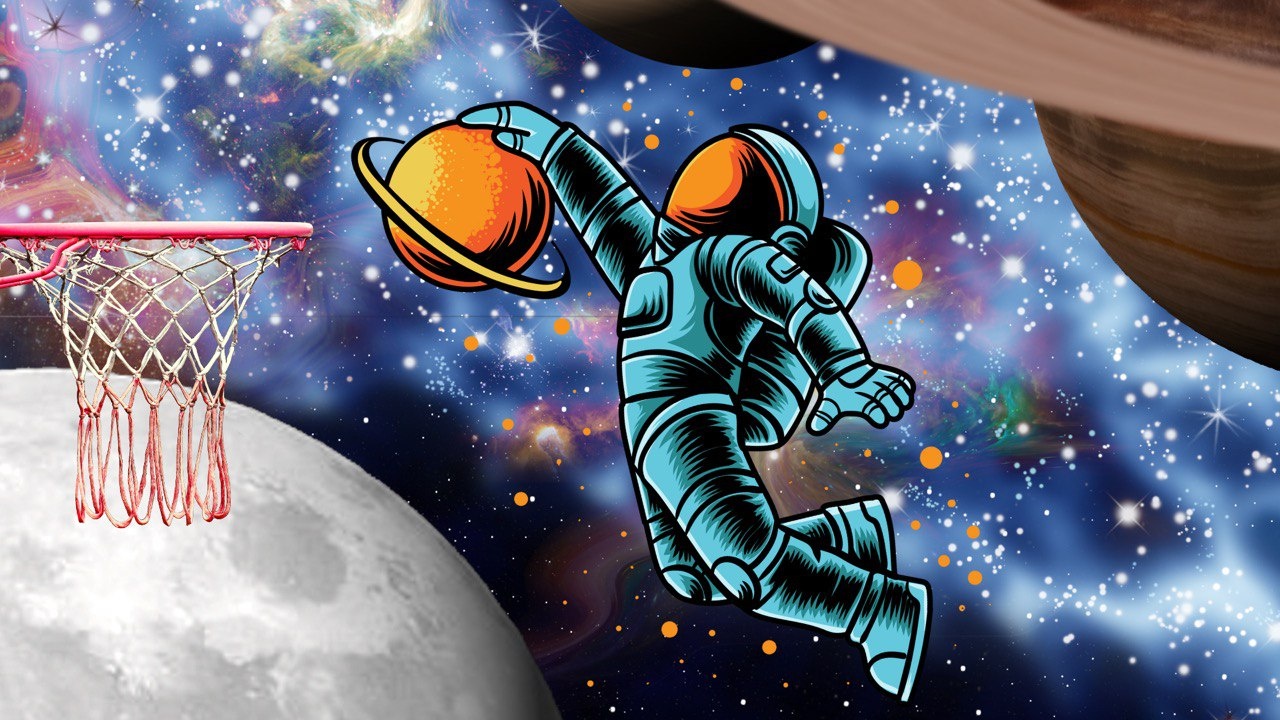The space telescope enabled James Webb In one of his first discoveries made possible by his meticulous observational skills, 2 stars They were not previously visible in the surrounding Southern Ring Nebula with a star prone to extinction.
This strange nebula is located in Galaxy The Milky Way is about 2,000 light years from the solar system, and is a gigantic cloud of gas and dust produced by a star, as it emits some of its matter when it descends, and contains a lot of gas and little dust.
At the center of the nebula remains the heart of this star, which is called a white dwarf, and is a very hot and very small star that is difficult to see directly, but its existence can be guessed thanks to the orange rings that surround it, which are traces of the substance it emitted. It is assumed that the fate of our sun will be similar in a few billion years, as will the vast majority of stars.
But unlike the sun, which will set by itself, the white dwarf at the heart of the Southern Ring Nebula isn’t alone. It was known until now that it has a “companion” star, which is easier to spot than a white dwarf because it’s still in its infancy. This companion star is the one that appears brightest in the center of the dust disk in images taken by the James Webb telescope, which has been 1.5 million kilometers from Earth since last summer.
However, this familiar stellar binary in the Milky Way did not provide a justification for the nebula’s “atypical” structure, as explained by Philippe Amram, of the Marseille Astrophysical Laboratory, who is one of the authors of the study published Thursday in the journal “Nature Astronomy”. and includes a detailed explanation of the last thing the telescope observed.
Since the discovery of the southern ring nebula by astronomer John Herschel in 1835, the National Center for Scientific Research researcher added that scientists had sought to know why it was “strangely non-spherical in shape.”
James Webb’s observations help to clarify this mystery, as instruments of telescopes equipped with vision at the infrared level, a wavelength invisible to the human eye, have provided evidence of the presence of at least two other stars inside of the nebula.
These two discovered stars lie at the center of the nebula, which spans a diameter 1,500 times the distance from the Sun to Pluto. They are further away from the white dwarf than the companion star, but the four stars are usually close enough to each other to interact. Therefore, an “exchange of energy” takes place between these stars, which affects the structure of the nebula and explains its characteristic appearance, according to the astrophysicist.


